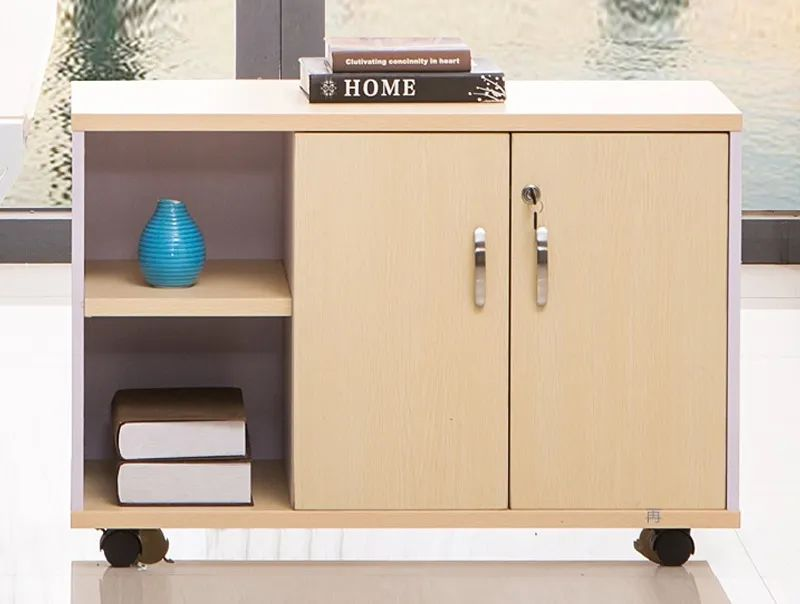No products in the cart.

How much knowledge have you gained about furniture maintenance?
Use and maintenance of office chairs
(1) Fabric office chair
When dry dirt such as dust and sand is stained, just pat it off gently or use a vacuum cleaner to clean it; as for the granulated sand, you can use a brush to gently brush it inward, but do not use a hard-bristled brush to avoid Damage to the cloth. If it gets stained by drinks, juice, etc., first use a paper towel to absorb the moisture, then wipe it with a neutral detergent dissolved in warm water, and finally wipe it dry with a clean soft cloth and dry it at a low temperature.

(2) Leather office chair
For general maintenance, just wipe it gently with a clean and soft cloth. If there is long-term dirt, the best way to clean it is to use a neutral detergent (19% to 3%) diluted in warm water to wipe it first, and then wring it dry. Wipe off the cleaning solution with a clean water rag, and finally polish with a dry cloth. After it is completely dry, use an appropriate amount of leather care agent to wipe evenly.

(3) When there is an abnormal sound when the leather office chair is tilted
Lubricant can be sprayed on the axis contacts or springs. When using, adjust the tilt tension adjustment knob to a tightness that suits your body shape. Do not make it too loose. Otherwise, it may easily cause tipping.

(4) Maintenance of casters
Casters are prone to lint and fibers as they rub against the ground. It is advisable to clean the lint on the chair wheels regularly and use anti-static spray to protect the chair wheels to ensure smooth sliding.


Use and maintenance of filing cabinets
(1) Try to avoid bumps during the transportation of the file cabinet to prevent surface damage and rust of the cabinet body.
(2) When placing, handle it with care, keep it level, and keep a certain distance from the wall.
(3) The ground where it is placed should be kept dry to prevent the cabinet from getting damp and alkalized.
(4) The iron cabinet should avoid contact with acid and alkali liquids to prevent the cabinet from being corroded.
(5) The surface of the cabinet should be kept clean. If the surface is not clean, wipe it with detergent first and then wipe it dry with a dry cloth.
(6) When corrosive items are placed in the cabinet, avoid direct contact with the surface of the cabinet.
(7) Use correct methods to avoid damage to the lock body.
(8) When opening and closing cabinet doors and drawers, open and close them lightly to avoid violent impacts.
(9) Do not hit the cabinet with hard objects, and do not use sharp objects to scratch the surface of the cabinet.









Leave a Reply